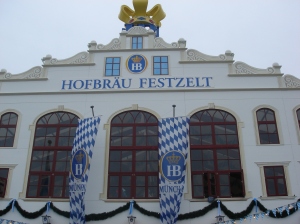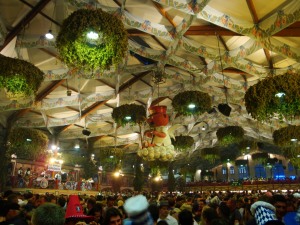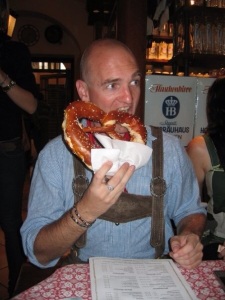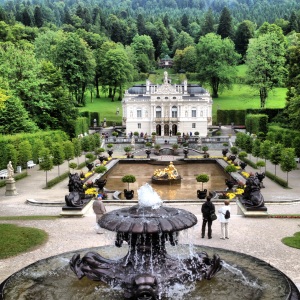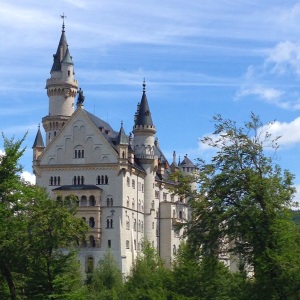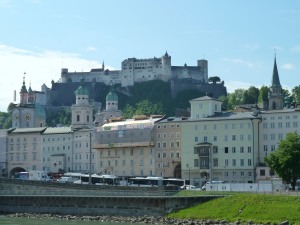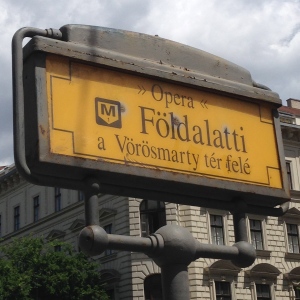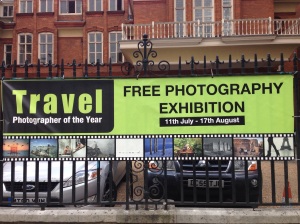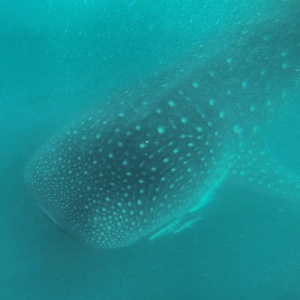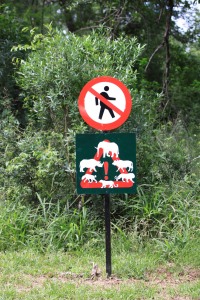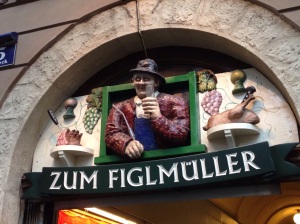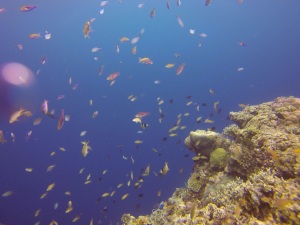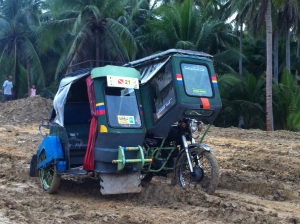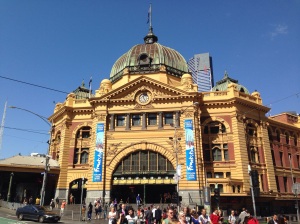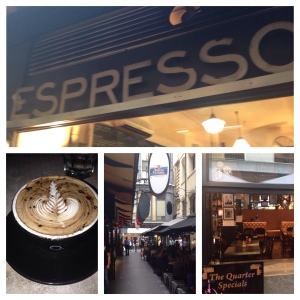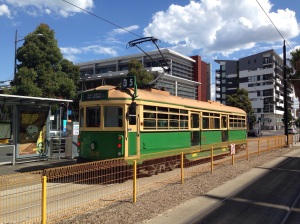One country that is on all the ‘Top Destinations of 2014’ lists and a country that is literally buzzing within traveller circles is Myanmar. Having only reopened to tourism about four years ago and with tourist numbers soaring, now is the time to visit. With that in mind, and wanting to visit Myanmar before tourism gets too commercial, it was one destination that had really excited us in the planning phase of this trip.
A few important things to note, firstly credit cards are not accepted almost anywhere in Myanmar, (with a very few exceptions) international ATM cards are only accepted by cash machines in a few places outside the capital of Yangon, (thankfully this is on the increase though), and entrances for historical and cultural sites must be paid in either local currency or US Dollars, and US Dollars must be pristine, almost as if they had just been printed. This certainly means you must have a good grip on your finances and adds another important dimension to trip planning throughout the country.
As Natalie had mentioned in her Hot Air Ballooning Blog, our first destination was the so called Jewel in the Tourism crown on Myanmar, Bagan. The Bagan Archaeological Zone consists of over 2,200 red brick stupas and temples scattered over the country side. Clive our balloon pilot had told us that originally there was an estimated 6,000 but over the centuries many had been destroyed, looted or damaged from earthquakes and invaders. Covering an area of 42 square kilometres for most of your explorations you can be excused for thinking you were the only people there. Most visitors head to Ananda, Sulamani, Shwesandaw and Dhammayangyi. However we liked the smaller complexes of temples. Bunched together these small red brick pagoda made you feel like Indiana Jones searching for buried treasure or uncovering a new site for the first time. In fact the whole Bagan region felt like it belonged in some Hollywood adventure movie.

Some of Bagan’s Pagoda soaring over the landscape
Unlike the rest of Asia, the rickshaw has not really taken off in Myanmar, meaning the easiest way to explore Bagan was by something called an E-bike. Not quite a push bike and not quite a scooter, these bikes had pedals (which you only used if the bike ran out of juice) and ran on a small battery reaching an estimated top speed of about 15 kmh. Though not designed for it they are great for off roading and all throughout Bagan you could hear the hum of the electric bike followed by the rattle and shake of said bike being taken some-place it was not meant to go.
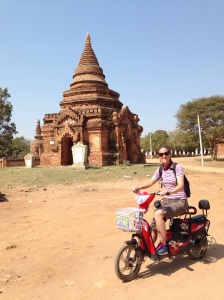
Natalie modelling our ‘off road’ E-bike
Each day in Bagan culminated in finding an elevated vantage point for sunset. The best time to view the temples is early morning and the two hours before sunset. As the sun dips in the sky the temples and pagoda light up a fiery red colour, a striking contrast to the green surrounding them and the brilliant blue skies. Everyone in Bagan has the same idea though, which means there is little hope to find a secluded temple top to watch the sun go down, but regardless watching the sun drop behind the hills silhouetting the many temples is one of Myanmar’s must do experiences.
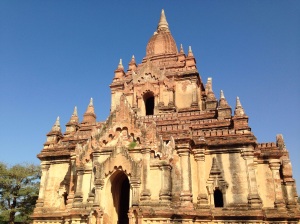
One of our favourite temples in Bagan

Sunset over the temples
We also made the half day journey out to visit Mount Popa. An extinct volcano with a monastery complex on top, Mt Popa was a great way to break up visiting all the temples around Bagan. There is a catch though, and that is the 777 steps you must walk up barefoot to the summit. Throughout Myanmar, whenever you visit a religious site it is shoes off, regardless of how hot, sandy dusty, muddy or covered in bird droppings that site is, tradition states you must remove your shoes. Needless to say our ‘Western Feet’ have at times protested and are looking forward to reaching Australia for some much needed love and attention!
From Bagan it was then off to Mandalay, one of Myanmar’s many former capital cities. Unlike Rudyard Kipling’s poem ‘Road to Mandalay’, we chose to take a boat. Public transport in Myanmar is not really set up for tourism but set up to cater for the locals. Most intercity transportation is either in rather uncomfortable pickup trucks where as many people as possible are rammed in tightly together or overnight coaches that depart and arrive at particularly inconvenient times, as one local said, ‘Myanmar people would never miss a day of work to travel intercity, they prefer to do it at night, oh, and the buses don’t overheat as much!’.
So the boat seemed to be our logical choice. An 11 hour journey, we were excited to see some of the rural life along the river. We were met by a stunning sunrise just after the boat departed but that was about as good as it got. Before we knew it the weather closed in and the majority of the day we were subjected to a huge down pour. As we approached Mandalay in the late afternoon it felt like the rain was getting worse, or perhaps it was because we knew we would soon be getting off. We trudged off the boat into the back of a pickup truck for the short drive to our chosen guesthouse, soaking wet we arrived, and despite the horrible weather we were surprisingly happy as it was the first real full day of rain we had experienced in months.
Mandalay is Myanmar’s second largest city and certainly had a big city feel after the relative quietness of Bagan. Almost dead flat it was easy to explore on push bike and were introduced to some of the country’s different road rules. Firstly they drive right hand drive cars on the right hand side of the road, not easy when you are overtaking, and secondly, Mandalay had hardly any traffic lights. Four way intersections were a free for all, you approach, look around and if you think you can go, you go, to be honest, even if you don’t think you can, you go! We visited a number of famous monasteries and temples, including the most famous, the Mahamuni Paya complex. Here males dab gold leaf onto a huge statue of Buddha giving it a lumpy look. Various religious sites or inner most sanctums are off limits to females, so Natalie dispatched me with numerous cameras and phones to snap the photos we have. We also visited the ‘Gold Pounders’ of Mandalay. These muscle bound locals smack small leather books filled with sheets of gold for up to six hours to produce wafer thin gold leaf for people to apply on various Buddha images and religious icons throughout the country. Certainly a hard way to make a living. Never have we seen so much gold everywhere as we have in Myanmar!

Monks applying gold leaf to the image of Buddha in Mandalay
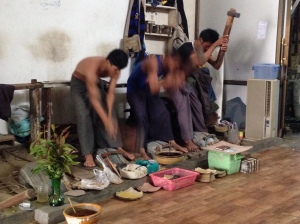
The Gold Pounders in action
Our second day was spent visiting the various sites around outer Mandalay, including a famous monastery in the Amarapura district. Here the 1000 monks inhabiting the monastery all line up at 11:00 to receive their rice and fruit. The main walkway is chock full of tourists on either side and as the monks silently march in single file down to the dining hall all you can hear is the beeping and clicking of cameras. In fact many tourists were angrily barking at each other and muscling each other to get the best vantage point! While interesting Natalie and I could not help but feel sorry for the monks, it was almost like being in a Buddhist zoo, with the monks being put on show or paraded for the tourists to take their photos. While I enjoyed the experience of seeing the inner workings of a Monastery, next time I think I would avoid it.
We also visited the neighbourhood of Sagaing a lovely green hilly area dotted with numerous golden Stupa and the small ancient village of Inwa. We finished the day off with sunset over the famous U-Bein bridge, the longest teak wood bridge in the world and one of the symbols of Myanmar.

Natalie in the botanic gardens of Pyin Oo Lwin
To break up our time in Mandalay we also spent a day out in the colonial village of Pyin Oo Lwin. Set up by the British as an escape from Mandalay’s stifling heat, it is now famous for arguably the best manicured botanic gardens in South East Asia. The gardens were beautiful, but the highlights were firstly seeing a huge motorcade of chanting monks and nuns driving down the main street ahead of a truck relocating a huge image of Buddha. People were singing, clapping and waving flags as the image trundled past. Secondly, the journey back to Mandalay was a real highlight. We jumped into a share taxi and headed out to an enormous military base. We drove past barracks and parade grounds, saw soldiers marching and doing martial arts and had a real feeling of should we be here? We arrived out to a small monastery attached to the base where an elderly monk came out and apologised for running late, did we mind waiting for him? Of course not.
After about half an hour he came out with two novice monks, both only about five or six years old. While the senior monk jumped in the front seat the two boys sat in the back with us. They were loads of fun, one we were told was very naughty, but they were as fascinated with us as we with them. This was particularly the case when the cameras came out, taking selfies on the iPhone they loved the fact they could see themselves. At one point as the taxi was flying down the hill the boys were making car noises and Natalie threw in the sound of screeching tyres and brakes and the boys thought this was hilarious. Arriving back to Mandalay we said goodbye to our new friends and considered ourselves so lucky to have shared the taxi with them. This was a much more real experience than the touristy ‘zoo’ we had experienced the day before, sometimes when you travel you just happen to be in the right place at the right time.
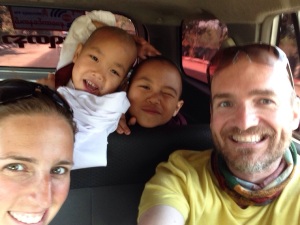
Our taxi buddies posing for a selfie
Our final day in Mandalay was filled with a boat ride to the village of Mingun to see their various pagoda, including the ruins of what would have been the world’s largest pagoda, and a final run around Mandalay to visit a few last sites we wanted to see.

The stunning white pagoda in Mingun
Myanmar is known as the ‘Golden Land’ and it is easy to see why. With stunning gold gilded pagoda dotting the landscape and some of the friendliest people anywhere in the world it truly is a special place and we were so glad we visited now before that mass influx of tourism and tourism money changes the cities but also the people. Our first half of our journey had been incredible and we had a feeling the second half was going to be just as amazing.
– Dean

